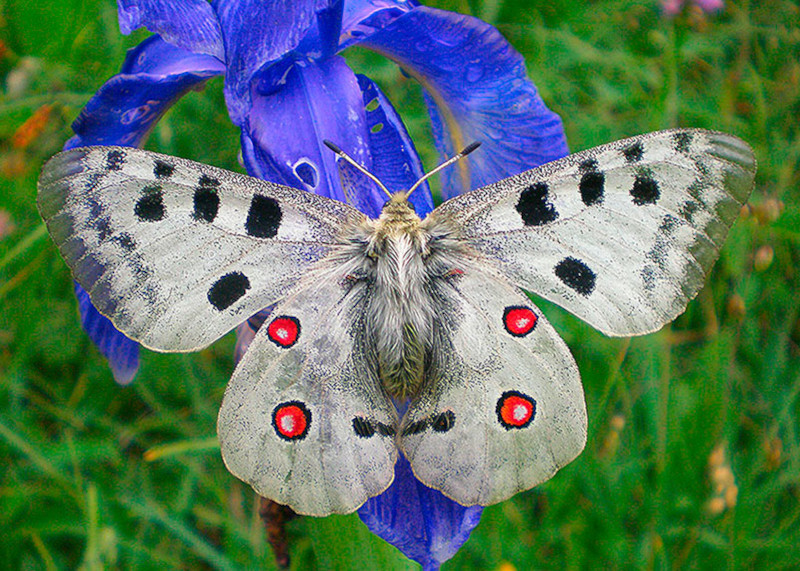
Mountain Apollo Facts
- This gorgeous creation of Nature and evolution most frequently goes by the descriptive common name of the Mountain Apollo. The insect does have another, very similar general title, however. That’s the apt, if less imaginative, term of the Apollo Butterfly.
- Within the scientific community, though, it’s typically referred to by its technical title. Thankfully, that’s a comparatively simple term for the layperson to pronounce. That’s true since it holds the formal moniker in the annals of science of Parnassius Apollo.
- It received that easy to pronounce name due to the efforts of the esteemed Carl Linnaeus. The highly respected Swedish zoologist and botanist accomplished the first recognition of it as a separate and distinct species. That notable event occurred in 1758.
- The charming invertebrate holds that name in keeping with the classical practice of naming species after deities. In its case, it’s named for the mythological Greek god. It stands out among its relatives due to the existence of more than 20 known subspecies!
- The magnificent Mountain Apollo itself seems to be maintaining a population base that’s both stable and sufficient. That fortunate fact also appears to hold true throughout the entirety of its native range. The IUCN thus lists it as Least Concern.
- The remarkable creature nevertheless faces at least some potential threats to its existence. Most of these it shares with the majority of other species. Most also stem from the actions of humans. They include the perils of habitat loss and climate change.
Related Articles
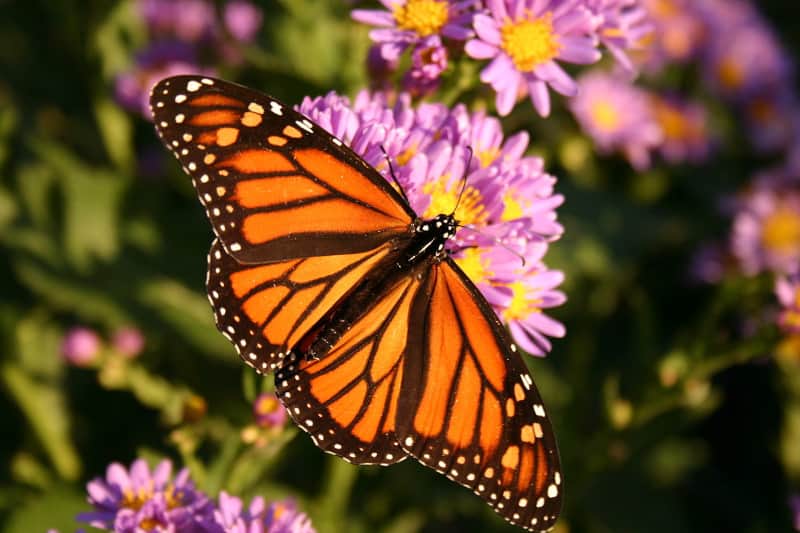
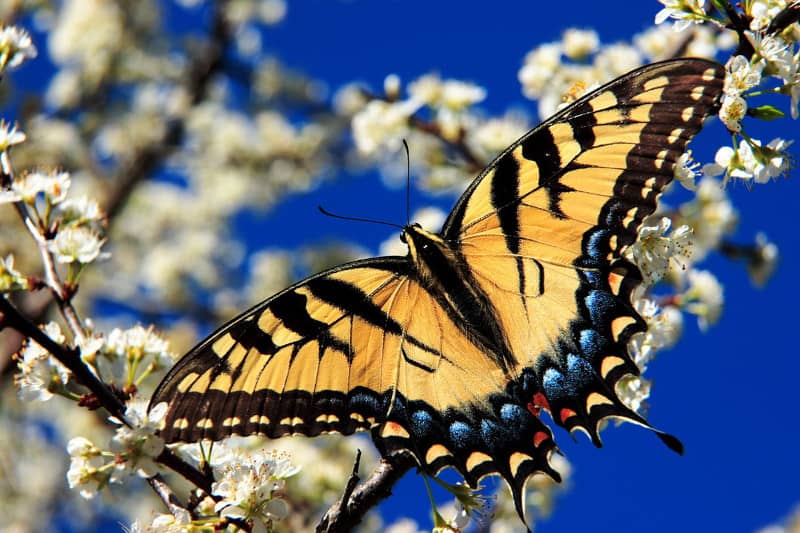
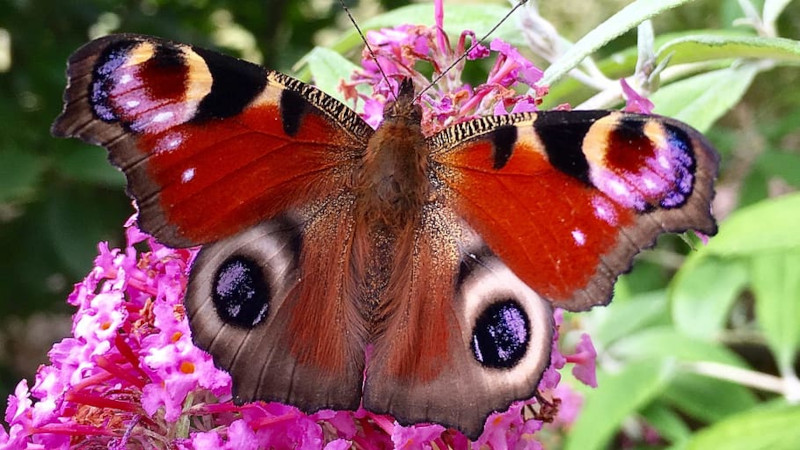
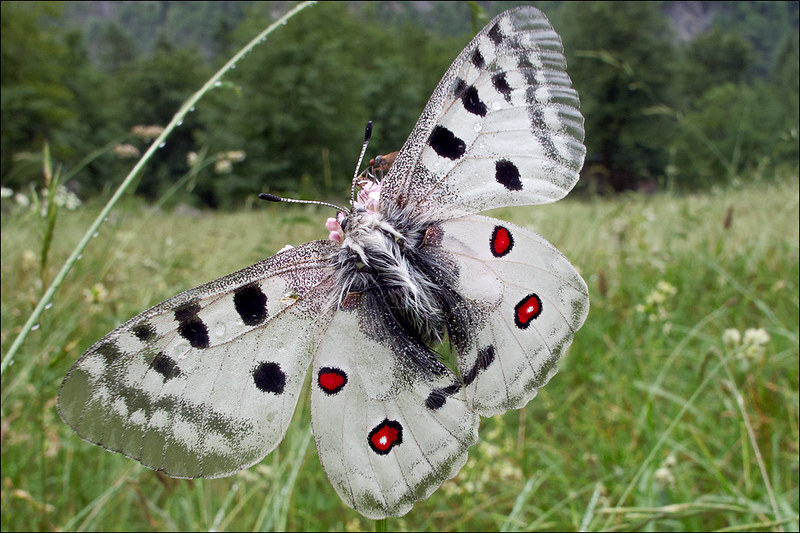
Mountain Apollo Physical Description
The amazing Mountain Apollo garners a great deal of attention, and deservedly so. Yet that’s not just due to its scientific interest. It’s also quite popular for its sheer beauty. Not content to rely on that alone, however, Nature also blessed it with some respectable dimensions.
Like many Lepidoptera, this marvel of the insect world displays a certain degree of the physiological characteristic of sexual dimorphism. In its specific case, though, this trait manifests itself in terms of simple size. More precisely, females grow slightly larger.
Males of the species attain an average wingspan measuring approximately 2.4 – 3.4 in (6.2 – 8.6 cm). Their female counterparts, however, reach sizes ranging from roughly 2.6 – 3.7 in (6.5 – 9.5 cm). Exceptional specimens do occur, of course, regardless of their gender.
That tendency to vary in overall appearance also extends to their color patterns, as well. Known as polymorphism, this varies between individuals, wholly independent of gender. It also occurs in larger groupings, depending upon their precise geographical location.
In general, however, both sexes of the Mountain Apollo present the same patterns of color. The wings display a background of white. Intriguingly, along the edges of all wings this appears almost translucent. From there, however, the pattern changes dramatically.
That’s because the forewings each display five large, black eyespots. Two additional such spots appear on the hindwings. They usually develop as bright red, but sometimes show as orange. These also vary in size and exact form between individuals of the amazing species.
- Kingdom: Animalia
- Phylum: Arthropoda
- Class: Insecta
- Oder: Lepidoptera
- Family: Papilionidae
- Genus: Parnassius
- Species: P. apollo
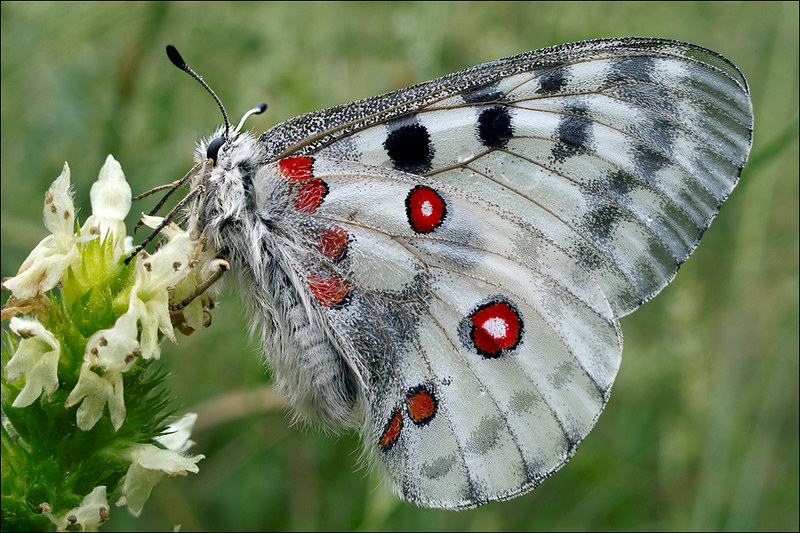
Mountain Apollo Distribution, Habitat, and Ecology
The dazzling Mountain Apollo evolved as native to a comparatively wide expanse of the globe. The precise location of that range might surprise some people, though. That’s true since the Arthropod appears throughout much of Europe and a small part of Asia.
In Europe, it’s known from Scandinavia, through the central part of the continent, to Spain. The insect also makes its presence felt in such regions as parts of the Balkans, northern Greece, and parts of Italy, and France. But it also lives in a few sections of central Asia.
The lovely Lepidoptera also evolved decidedly strong preferences in terms of its choice of habitat. Due to this, the great majority of populations dwell in mountainous areas, thus the name. It apears at altitudes ranging from 1,300 ft (400 m) to 7,500 ft (2,300 m).
Its choices also distinguish the invertebrate from many related species, due to their inhospitable nature. Individuals typically choose to live in stony and rocky areas. This creation of Nature does, however, sometimes appear in alpine meadows and pastures.
Adult specimens of the Mountain Apollo generally fly between the months of May and September. That exact timeframe varies, though, depending on the exact region and altitude at which they appear. These feed on the nectar of a wide variety of local flowering plants.
After mating, the females lay their eggs before winter, and in a wide variety of locations. In spring, these hatch into the caterpillar form. These feed voraciously on locally common flora. In most parts of its range, the creature typically has only a single brood per year.
Species Sharing Its Range
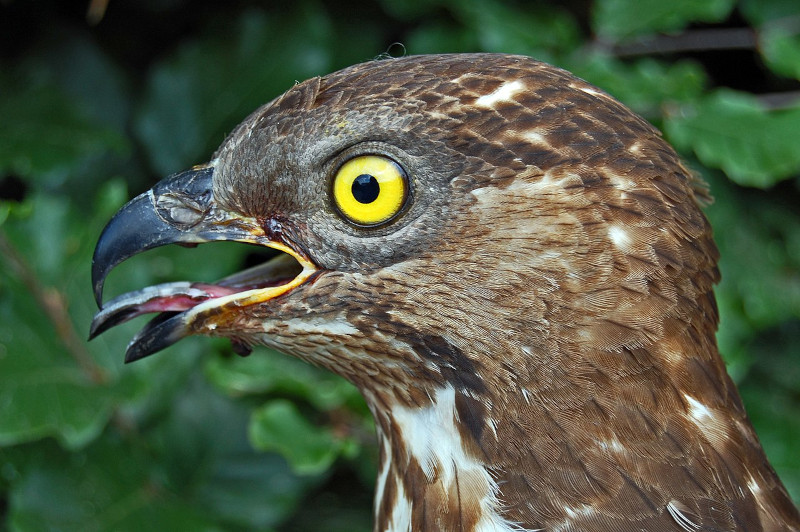
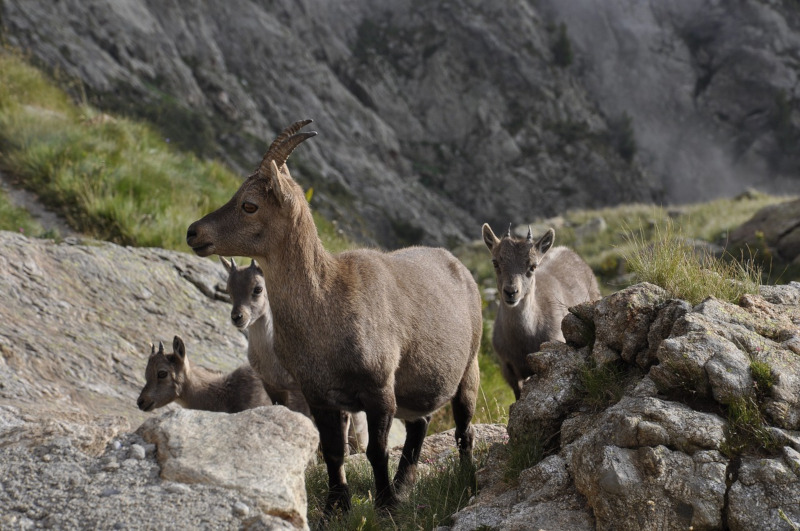

Check out our other articles on 7 Stunning Pacific Ocean Species, Striped Skunk, Great Barrier Reef, Desert Willow, Bluespotted Ribbontail Ray, Sydney Funnel-web Spider, Alligator Snapping Turtle









Leave a Reply